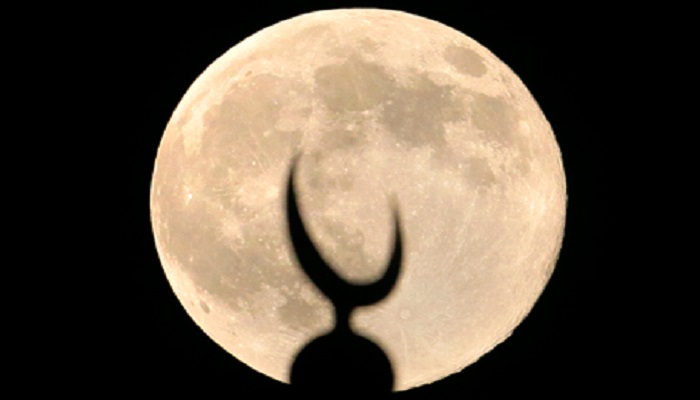
The night sky is brightened by the moon and the stars. The skies of the Emirates were lit up by a special moon- the first and last kind for 2017.
Stargazers in the UAE were in for a treat on Sunday night as they caught a glimpse of the “supermoon”, a phenomenon that occurs when the Moon appears bigger and brighter in the sky as it moves closer to Earth.
Also called a Cold Moon, Moon Before Yule, or Long Night Moon, this is the first and only supermoon of the year.
According to the website information from the Dubai Astronomy Group, the ‘Super Moon’ was seen at Al Thuraya Astronomy Centre from 5:30-9:30 pm.
? Join Us this Sunday 3 Dec 2017 at Al Thuraya Astronomy Center to witness the SUPERMOON ?
5:30 – 9:00 PM
For more information: https://t.co/h7yEZkrODS pic.twitter.com/RtG2sO33ae
— Dubai AstronomyGroup (@dubaiastronomy) November 29, 2017
The program included a talk and observation, it said, adding the entry fee for adults would be Dhs 15. The fee for kids under 10 is fixed at Dhs 10, while it is Dhs 30 for families. The entry is free for DAG members with valid membership cards, it pointed out.
According to NASA, the breathtaking event can make the moon appear up to 14% large than usual.
What is a supermoon?
The astrologer Richard Nolle, who is credited with coining the term, defines a supermoon as a new or full moon which occurs with the moon at or near (within 90% of) its closest approach to Earth in a given orbit.
Basically, the moon will look the largest and closest you might have ever seen it. This happens because the moon’s orbit around the earth is elliptical, having both nearest and farthest points of orbit distance from the earth.


When did this happen?
December 3 was pegged as the day the supermoon rose when the moon gets as close as it could to the earth in its orbit. It comes close enough to Earth (222,443 miles or 357,987 km) to enjoy super moon status.
December’s full moon is traditionally known as the “cold moon”.
The full moon on Sunday night marks the first and only supermoon of 2017.
A supermoon is a Moon that is full when it is also at or near its closest point in its orbit around Earth, according to Nasa.
Since the Moon’s orbit is elliptical, one side (apogee) is about 50,000 km farther from Earth than the other (perigee).
But within this orbit, further variations can be caused by the Earth’s movements around the Sun.
These mean that the perigee – the closest approach – and full moon are not always in sync.
But the occasions when the perigee and full moon coincide have become known as supermoons.
NASA has said that Sunday’s supermoon is first in a series of three supermoons. The next two will appear on January 1 and 31, 2018.
In 2016, the Moon made its closest approach to Earth since 1948. It won’t be that close again until November 25, 2034.

Post Your Comments